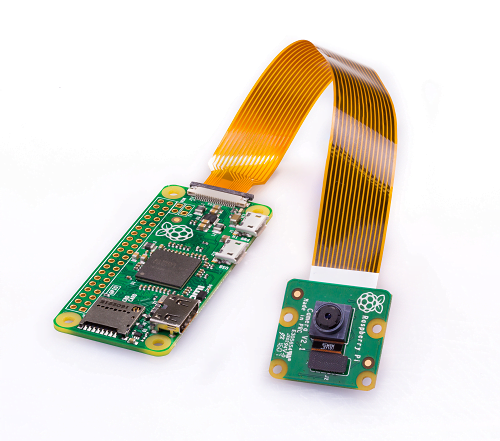
The LEDs automatically adjust to the lighting conditions due to the integrated photoresistor (3). This allows the camera to take an evenly illuminated night shot. A diffusing lens (1) is plugged on top of this, which ensures that the light from the LED is well distributed in the room.

But the majority is emitted in the non-visible infrared range. Since this wavelength just borders on visible light, you can still see a red glow. It emits infrared light in a wavelength between 845 and 855 nanometers in the electromagnetic spectrum, which is picked up by the photosensor in the dark. The infrared LED (2) is the heart of the board. You can see them circled and numbered in the picture below. Even though the infrared LED boards, which enable night vision in the first place, look quite inconspicuous, they contain many functional components.


 0 kommentar(er)
0 kommentar(er)
